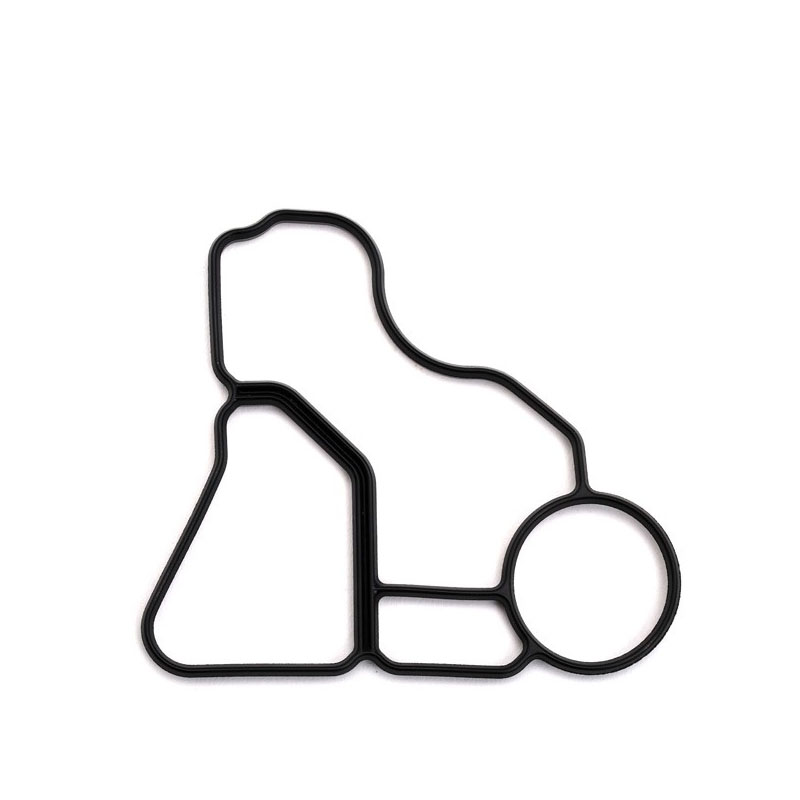steering rack seal
Understanding Steering Rack Seals Importance and Maintenance
The steering rack seal is a vital component in the steering system of vehicles, crucial for ensuring smooth operation and safety while driving. This article explores the function, common issues, and maintenance of steering rack seals.
Function of Steering Rack Seals
The primary purpose of the steering rack seal is to prevent hydraulic fluid from leaking out of the steering rack assembly. The steering rack itself is responsible for translating the rotational movement of the steering wheel into lateral movement of the vehicle's wheels. It uses hydraulic pressure to make steering easier, particularly in larger vehicles. The seals ensure that this hydraulic fluid remains contained, allowing for proper functioning of the power steering system.
The steering rack typically has multiple seals, including dust boots and inner seals, designed to protect the internal components from dirt, debris, and moisture while keeping the hydraulic fluid contained. These seals play a crucial role in maintaining the integrity and performance of the steering system.
Common Issues with Steering Rack Seals
One of the most common issues associated with steering rack seals is leakage. As the vehicle ages, the rubber material of the seals can deteriorate due to exposure to heat, ozone, and other environmental factors. A leaking seal can lead to a loss of hydraulic fluid, resulting in stiffer steering and making the vehicle harder to maneuver, particularly at low speeds.
Other symptoms of seal failure may include unusual noises while steering, such as whirring or whining sounds, which can indicate that the steering system is working harder than it should. In severe cases, prolonged neglect of a leaking seal can cause damage to the entire steering rack, leading to costly repairs.
Maintenance Tips
steering rack seal

Regular maintenance can help extend the life of steering rack seals and prevent leaks. Here are some tips for maintaining the steering system
1. Fluid Checks Regularly check the power steering fluid levels. If you notice a drop in fluid, inspect for leaks around the steering rack and its seals.
2. Seal Inspection During routine vehicle inspections, have the steering rack seals checked for signs of wear or damage. Catching issues early can save you from more significant problems down the line.
3. Cleaning Keep the area around the steering rack clean and free of dirt and debris. This helps prevent contaminants from compromising the seals.
4. Fluid Replacement Follow the manufacturer's recommendations for power steering fluid replacement. Old or contaminated fluid can exacerbate seal wear.
5. Professional Assistance If you experience steering issues or suspect a leak, consult a professional mechanic. They can diagnose the problem accurately and provide the necessary repairs.
Conclusion
Steering rack seals are essential for the efficient functioning of a vehicle's steering system. Understanding their role and maintaining them properly can enhance your driving experience and ensure safety on the road. Regular checks and maintenance can prevent small issues from leading to costly repairs, keeping your steering system operating smoothly for years to come.
-
The Ultimate Guide to Car Repair Kits: Tools and Essentials Every Driver Should Own
News Aug.01,2025
-
The Complete Guide to Oil Pan Gaskets: Sealing Engine Leaks the Right Way
News Aug.01,2025
-
Preventing Oil Leaks: A Complete Guide to Oil Pan Gaskets and Drain Seals
News Aug.01,2025
-
Everything You Need to Know About Oil Pan Gaskets and Drain Plug Seals
News Aug.01,2025
-
Essential for Car Owners: How to Use a Car Repair Kit to Deal with Minor Breakdown
News Aug.01,2025
-
Comprehensive Guide to Engine Oil Sump Gaskets and Related Seals
News Aug.01,2025
-
The Ultimate Guide to Boat Propeller Bearings and Trailer Wheel Bearings
News Jul.31,2025
Products categories















